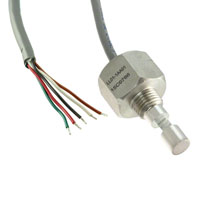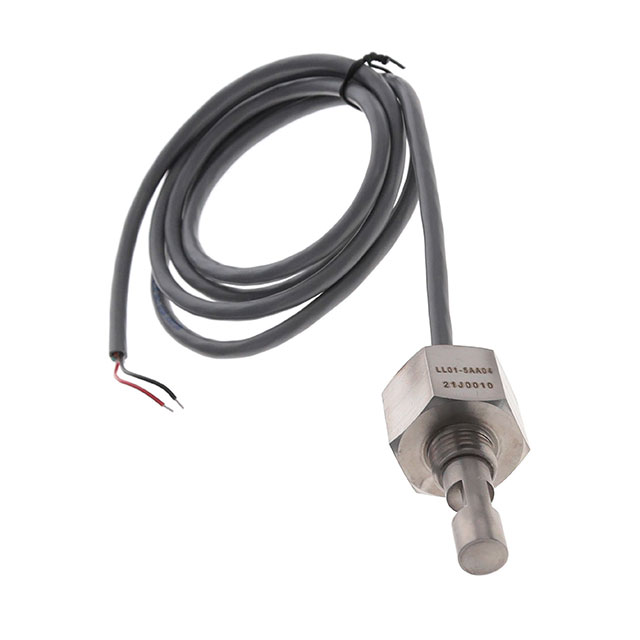Ultrasonic Sentio™, LL-01 Series, Float, Level Sensors - Industrial
Results:
3
Manufacturer
Series
Output Configuration
Mounting Type
Operating Temperature
Type
Minimum Liquid Specific Gravity
Output Type
Voltage Rating
Material - Housing & Prism
Switch Actuation Level
Current
Results remaining:3
Applied Filters:
Ultrasonic Sentio™, LL-01
About Float, Level Sensors - Industrial
Industrial float sensors, also known as level sensors, are essential devices used to measure or detect the level of fluids or materials within containers. They employ various techniques, including buoyancy, ultrasonic, optical, or other methods, to accurately determine the level. The most common type of industrial float sensor consists of a buoyant element connected to a switch. As the fluid or material level rises or falls, the buoyant element responds accordingly, activating or deactivating the switch. This switch can provide a binary indication, signaling whether the level is above or below a predetermined threshold. Alternatively, some float sensors are designed to provide a continuous variable output, allowing for precise measurement of the fluid or material level. These sensors generate analog or digital signals that correspond to the specific level within the container. Industrial float sensors are widely used in various industrial applications, including liquid storage tanks, chemical processing plants, water treatment facilities, and manufacturing processes. They play a critical role in ensuring proper inventory management, process control, and safety. By accurately monitoring fluid or material levels, these sensors help prevent overflows, leaks, or equipment damage. They enable operators to maintain optimal levels, avoid production interruptions, and adhere to safety regulations. In summary, industrial float sensors or level sensors are vital devices used in industrial settings to measure or detect fluid or material levels within containers. They utilize different techniques and outputs, providing either a binary indication or precise quantitative measurements. With their wide range of applications, these sensors contribute to efficient operations, inventory control, and safety in various industries.



